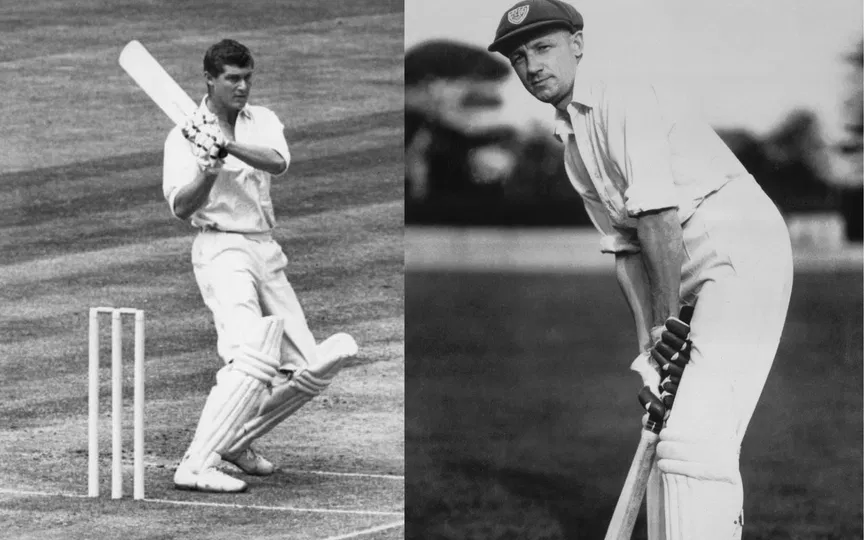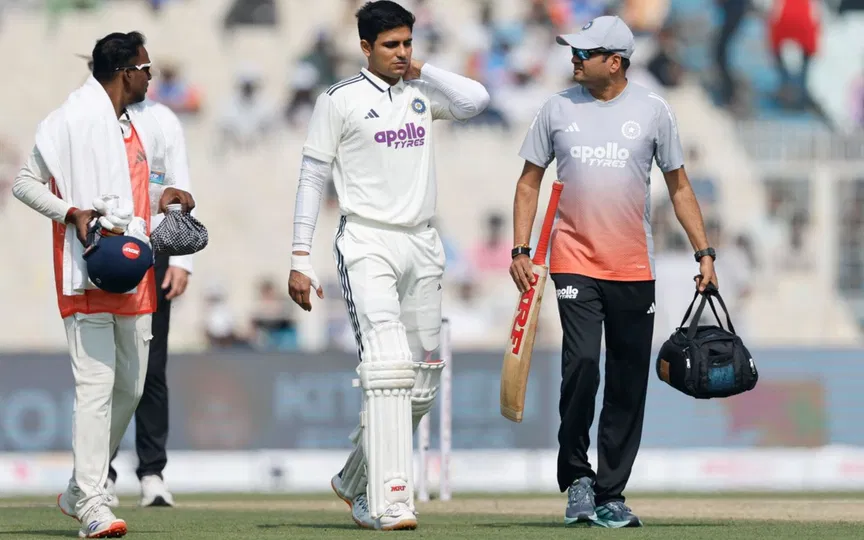![Don Bradman [Source: X/@ICC]](https://onecricketnews.akamaized.net/parth-editor/oc-dashboard/news-images-prod/1763150181783_Bradman(1).jpg?type=hq) Don Bradman [Source: X/@ICC]
Don Bradman [Source: X/@ICC]
Don Bradman remains one of cricket’s greatest batters, with some unmatched and unparalleled performances in the 1930s and 40s. Many of his extraordinary records remain unbeaten, including one nearing its 100th anniversary. There was hardly any batter who came close to the feat in the last 95 years.
The legacy of Don Bradman
After two years of his Test debut, Bradman visited England during the 1930 Ashes as a 21-year-old boy. With two centuries during his debut Ashes, Bradman had already hinted at his future greatness. But what he achieved during the 1930 Ashes truly contributed to Bradman's legacy for the years to come.
Those days of extended cricket tours used to feature many First-Class matches against various county and university teams. During the 1930 tour, Australia played a total of 31 games, including five Test matches, and Bradman scored close to 3,000 runs, maintaining an average close to 100.
He dominated the English bowlers and surprised the fans who hadn't seen such prolific scoring and appetite for runs since Dr. W. G. Grace. Bradman simply batted on and on and on. In the process, he helped his team regain the Ashes with a 2-1 score line and himself set the record for the highest runs scored by an individual in a Test series- 974 runs in five Tests.
Bradman’s effortless batting puts England bowlers in trouble
England won the first Test at Trent Bridge despite Bradman scoring a century in the second innings. The second Test at Lord’s saw Australia putting up a mammoth 729/6 after England scored 425 in their first innings.
For Australia, captain Bill Woodfull scored 155. But the star of the show was Bradman's record 254, scored in less than six hours. It is considered one of the greatest exhibitions of batting masterclass on that hallowed turf. Australia comfortably chased down the target of 72 runs in the second innings and won the match.
The third Test at Headingley saw one of Don’s most celebrated knocks as he played a sublime innings of 334, scoring his first 100 before lunch, second 100 between lunch and tea, and another 100 in the third session of the day.
His 334 was the highest ever Test score at that time, including 46 boundaries. Both the third and fourth Test matches ended in draws. For Bradman, it was a rare failure in the series as he could only score 14 runs in the fourth Test at Old Trafford.
Series that changed the history of Test cricket
In the final Test, England scored 405 runs in the first innings. In response, Bradman led the Australian batting effort with another double century. He did not just return to form; he made the England bowlers tired with his effortless batting.
Bradman did not show any hint of fatigue and continued to bat for more than 7 hours to score 232. He helped Australia post 695, which was more than enough to beat England by an innings and complete the turnaround 2-1 series victory.
The impact of these 974 runs scored by Bradman had a profound and long-lasting impact. It put him as the greatest batter of that era and an Australian hero back home. But it also planted a seed of doubt in the English cricket hierarchy.
Bradman’s dominance forced England to reconsider their bowling approaches and strategies. England captain Douglas Jardine was compelled to come up with some unconventional, out-of-the-box ideas to stop Bradman’s run-scoring in the 1932-33 Ashes, indirectly leading to the controversial “Bodyline” tactics.

 (1).jpg)

.jpg?type=mq)


